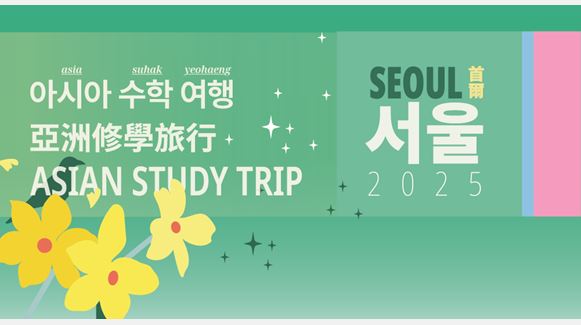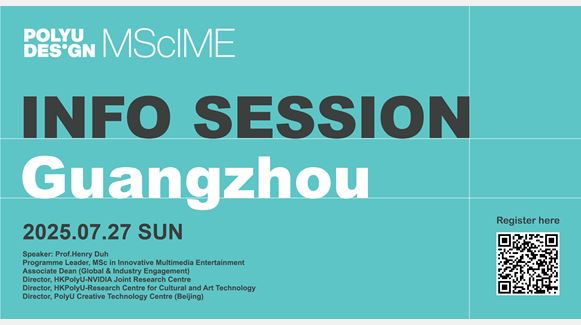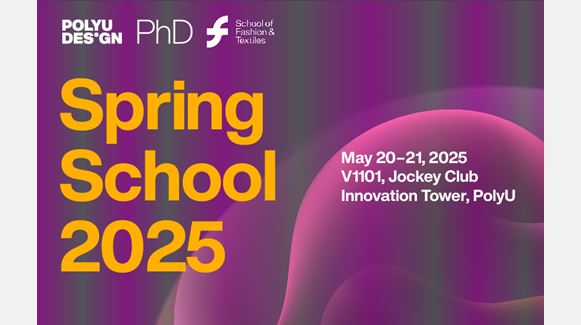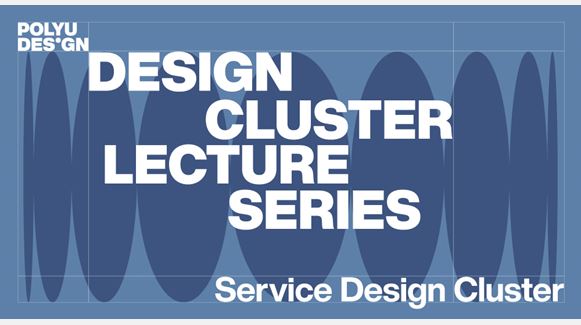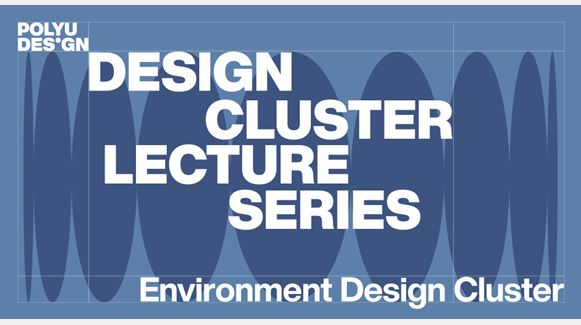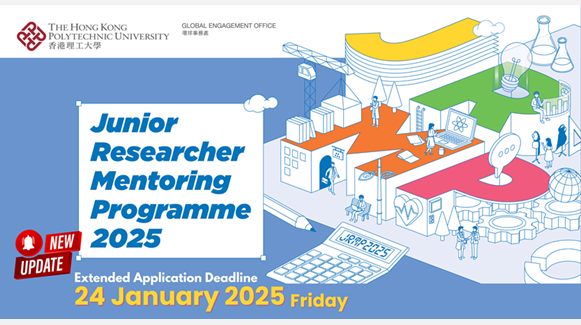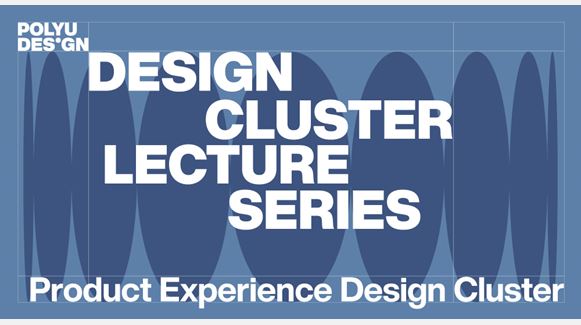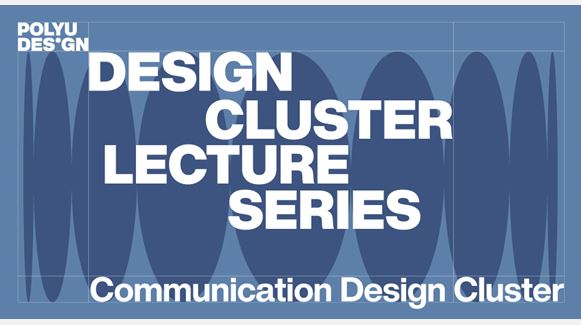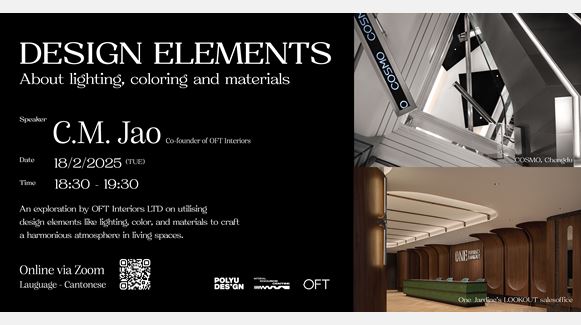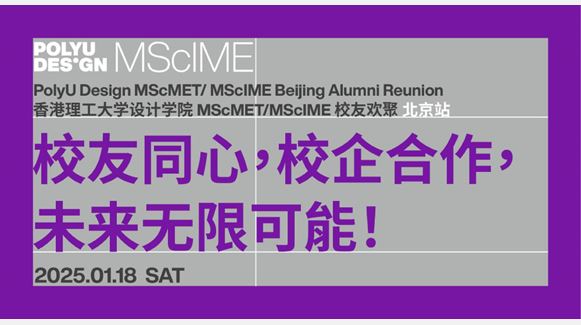Critical Interiors Workshop 2022: Spatialising ‘Interiority’
Event
Workshop
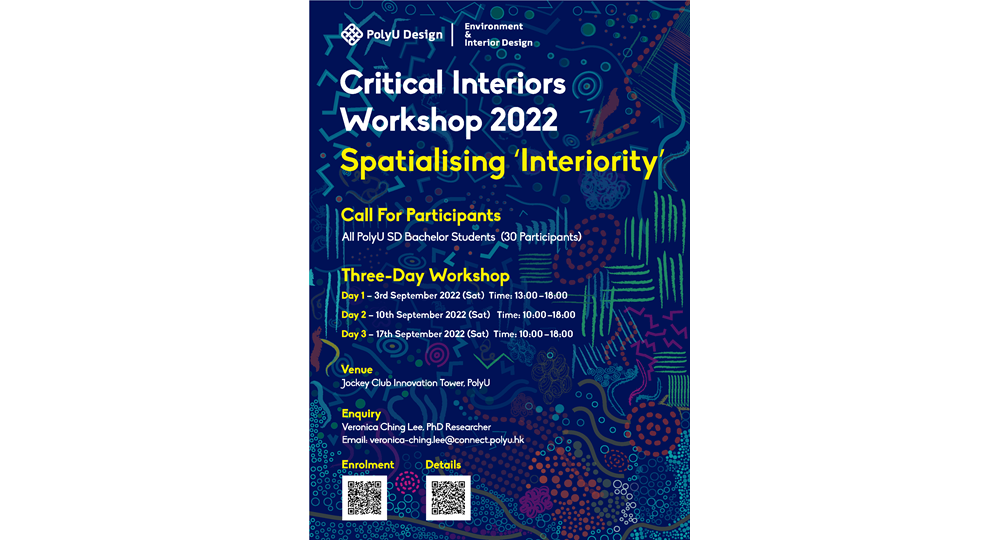
-
Date
03 - 17 Sep 2022
-
Organiser
PolyU Design
-
Time
00:00 - 00:00
-
Venue
Jockey Club Innovation Tower, PolyU Map
Summary
Affects | Perceptions | Sensations | Cognitions | Human and Environment
Objectives
In the talk by Richard Sennett (2016) at the Harvard University Graduate School of Design, it is defined that ‘interiors’ and ‘interiority’ remain as two distinct but relational concepts – a relationship between ‘an enclosure of physical space’ and ‘the notion of subjectivity.’ Besides, the International Federation of Interior Architects and Designers also explicated this ‘interiors - interiority’ notion in a practical sense, which defined interior designers as partitioners that ‘determine the relationship of people and spaces based on psychological and physical parameters that improves quality of life’ (IFI Interiors Declaration, 2011, cited in Attiwill, 2018). Therefore, interior designers do not merely design a ‘physical space’ itself, but they (re)script individuals’ experiences within an environment. To be more precise, interior designers manipulate the ‘interiors - interiority’ relations – the constitution of spatial experiences – through executing a series of thoughtful planning and materialisations of an environment.
Regarding the conventional practice of spatial design within a visual-dominated world, spatial designers rely heavily on ‘the visuals’ – ‘how it looks like’ – to generate and express this ‘interiors - interiority’ relationship (Lee & Billottet, 2021). The ‘visuals’ include the means of floor plans, sections, elevations, physical models, renderings and animations. Designers tended to use these visual tools to express and specify [a] spatial contents and dimensions, [b] programmes and spatial functions, [c] construction details, [d] aesthetic and atmospheric (visuals) qualities of an environment. For example, designers could immediately associate a space as a café – when they see a layout with multiple tables and a coffee bar. Yet, beyond the ‘visuals’ expressed through the drawings, there are multiple layers of perceptual and experiential qualities that constitute the subjective notion of a café: such as the playing of relaxing jazz music, the invigorating scent of the coffee, the sound produced when a barista is making an expresso, the taste of the sweet chocolate cake, and the intimate softness of the sofa seat. In Gilles Deleuze’s (1969) words, these experiential qualities refer to the assemblage of sensory stimulations – a series of ‘affects’ that caused an internal change of humans’ minds that territorialise the ‘public’ and the ‘private’ (Lee, 2020). Imagine if the same experiential qualities (series of ‘affects’ – series of sensory stimulations) are operated in a spatial setting that is without any pre-assumed objects of a café (i.e. a tiny single room without multiple tables and a coffee bar), could an individual still perceive the space as a ‘café’ and reinterpret the ‘public-private territory’?
Hence, this workshop calls for a critical reflection towards the ‘interiors - interiority’ relation that gets rid of the visual pre-assumptions of spatial types. Through (re)accessing the relationship between ‘how a space looks like’ and ‘how a space is being perceived’, we raise the question of how subjective experiences and perceptions constitute and, therefore, express the notion of a spatial type. Ultimately, to explore ways to spatialise ‘interiority’ that rescript the ‘public-private territory.’
Call for participants
All SD Bachelor Students are welcome to join.
Enrolment
Please fill-in the google form HERE
Enquiry
Please send an email to Ms. Veronica Lee at veronica-ching.lee@connect.polyu.hk.
Three-Day Workshop
Day 1 – 3rd September 2022 (Sat) Time: 13:00–18:00
Day 2 – 10rd September 2022 (Sat) Time: 10:00–18:00
Day 3 – 17th September 2022 (Sat) Time: 10:00–18:00
Venue
Jockey Club Innovation Tower, School of Design, PolyU
Acknowledgement
Thank you Ms. Sigwela Augustin, Ms. Paulina Gocol and Ms. Camille Billottet, for their contributions in co-organising the experiment ‘Visualising the sensory journey into mind maps’ at TU Delft in 2019, which provides the foundation for this workshop to be developed and extended to discuss the ‘interiors-interiority’ relations.
Bibliography
Attiwill, S. (2018). Urban interiority as collective individuation(pp. 53-62). RMIT University.
Deleuze, G. (1969). Logic of sense. Columbia U.P.
Harvard GSD. (2016). Richard Sennett, "interiors and interiority". Richard Sennett, "Interiors and Interiority". Retrieved February 2, 2022, from https://04.phf-site.com/2016/06/richard-sennett-interiors-and.html
IFI Interiors Declaration. (2011). International Federation of Interior Architect/Designers. Retrieved from ifiworld.org/programs-events/interiors-declaration-adoptions/ (Accessed 2 February 2022)
Lee, C., & Billottet, C. (2021). International Association of Societies of Design Research 2021. In Visualising the Sensory Journey into 'Mind Maps': an Alternative Design Experience to Spatialise Sensations. New York; Sage Publication.
You may also like



